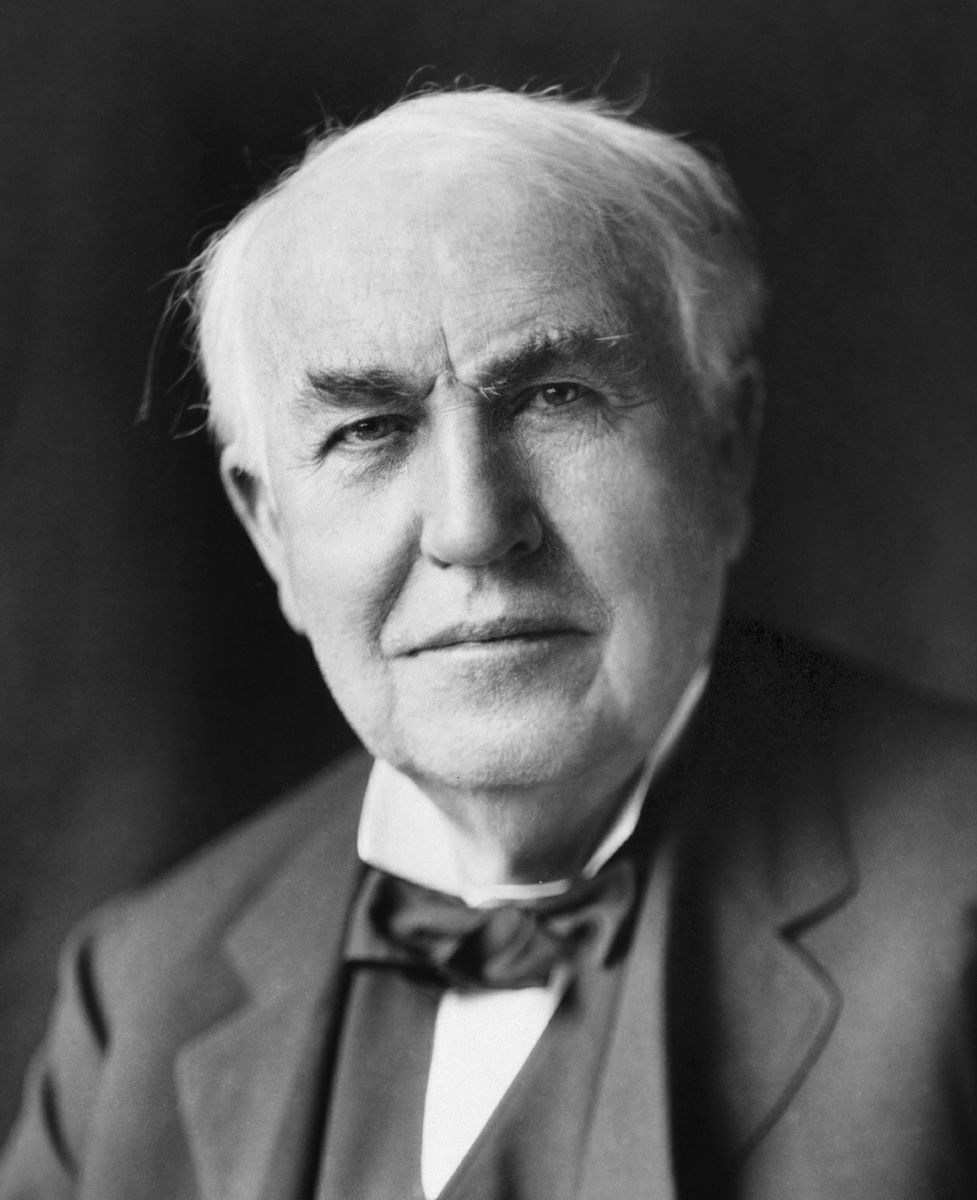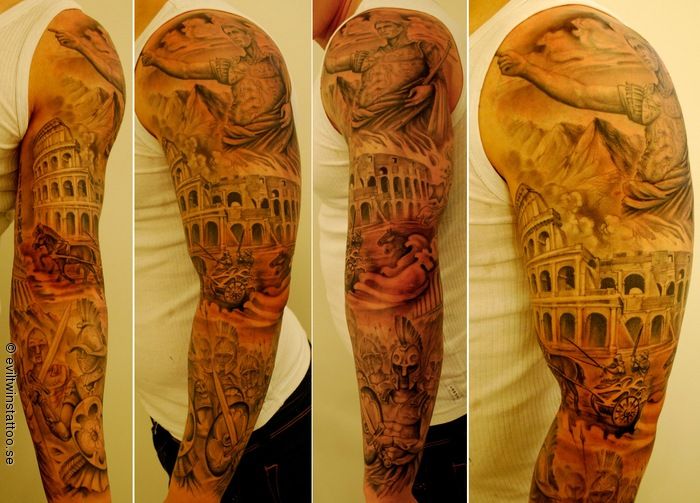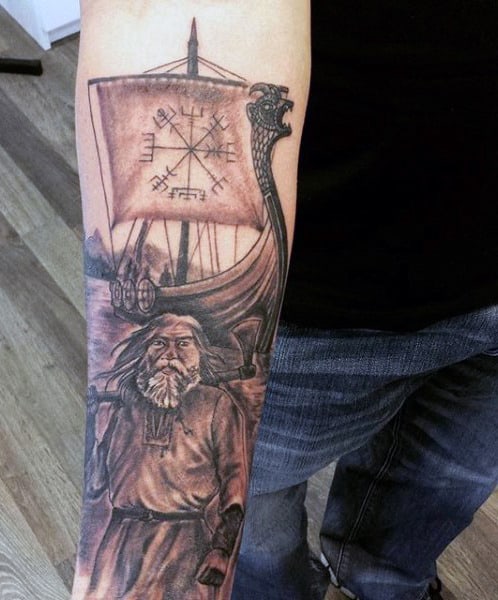Thomas Edison’s Contribution to Tattoos

Tattooing has been practiced for hundreds of years. A tattoo was first created by an early tool at Abydos in Egypt, dating back to 3000 BC, by archaeologist W. M. F. Petrie. Petrie later found a set of bronze instruments resembling wide, flat needles fixed inside a wooden handle, as well as a sharp point, fixed inside a wooden handle. If the needles were tied together, they would create patterns of multiple dots. Mummified human remains with tattoos demonstrate how these instruments were used to create permanent markings on skin by hand.
In 1876, an inventor you may recognize from your youth—Thomas A. Edison—patented the electric pen, a machine that used a stencil to make multiple copies of a document. The electric motor in this system was one of the earliest applications in consumer goods. In this case, the motor was mounted on the stem and the needle was driven up and down the shaft of the pen. As a roller squeezed ink through the stencil holes, a copy of the document was created. The stencil was then placed in the press.
It was intended to create multiple copies of a single image or text by passing an inked roller over a stencil, which moved at a speed of 50 punctures per second, which allowed the contents of the stencil to be transferred to a sheet of paper below.
 Edison patented a system of “autographic printing” in 1876, which was a precursor to the tattoo pen.
Edison patented a system of “autographic printing” in 1876, which was a precursor to the tattoo pen.
Despite Edison’s electric pen being a successful product, reaching markets across the US and internationally, other mechanical pens that didn’t require batteries were able to compete with it (Edison’s pen was powered by acid batteries). It seemed like this particular invention was at the end of its usefulness.
Edison, as was his style, submitted a patent for improvements to the pen in 1877.
However, the battery requirement limited the design, as it could not compete with non-electric, mechanical pens or with the growing popularity of the typewriter. The pen initially proved successful, winning a bronze medal at the 1876 Centennial Exhibition in Philadelphia. Charles Dodgson, also known as Lewis Carroll, the author of Alice in Wonderland, was among the early adopters of the pen and officially endorsed it in 1877. A number of his private writings are known to have been done with the pen, including Memoria Technica for Numbers, his mnemonic document.











